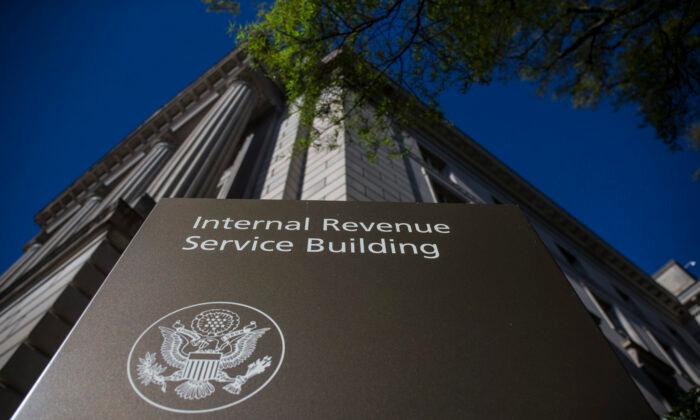The Treasury Department said on June 29 that more than half of the almost $390 billion disbursed in the third round of stimulus payments went to households with an annual income of less than $50,000, while more than 85 percent went to households making less than $100,000 per year.
In total, the IRS and the Bureau of the Fiscal Service jointly disbursed 163.5 million third-round EIPs through June 3, with roughly 90 million of those payments being paid out within a week of the American Rescue Plan’s passage.
The $1.9 trillion American Rescue Plan authorized individuals earning less than $75,000 per year—and married joint filers making less than $150,000 per year—to receive a full payment of $1,400. The checks then ramp down to zero for individuals earning $80,000 or above and for joint filers making $160,000 or more.
People who want to claim the recovery rebate credit must file a 2020 tax return, even if they’re not normally required to file one.
“Don’t fall for stimulus check scams,” the agency wrote, noting the presence of a “continuing threat” from identity thieves seeking to steal stimulus money.
The IRS stated that people should be on guard for scammers reaching out via phone, email, text message, or on social media, asking them to provide Social Security numbers or other personal financial information related to stimulus payments.
The IRS stated that it will never initiate such contact as most eligible recipients receive their payments automatically.





